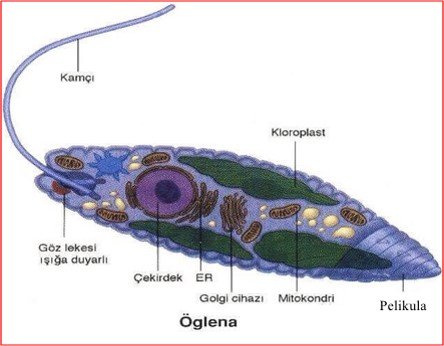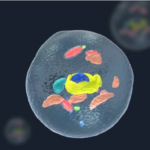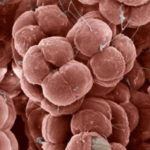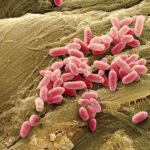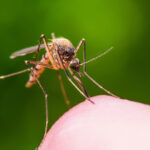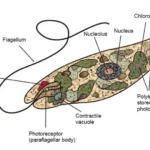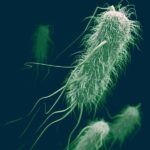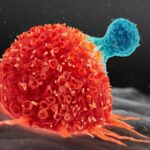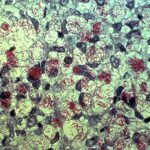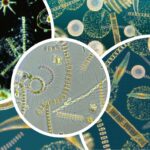Organisms that do not fit the criteria of the animal, fungal, or plant kingdoms are termed Protists, classified under the kingdom Protista. Protists, found in numerous aquatic and terrestrial environments alongside water bodies, occupy various niches and exhibit significant diversity in morphological, physiological, and ecological contexts. Not all protist species are microscopic single-celled organisms; there are also quite large and multicellular protists like seaweeds.
The evolutionary history of protists has been the subject of much research and debate. Studies in molecular genetics since the early 2000s have indicated that some protists are more closely related to animals, plants, and fungi than to other protists. Consequently, new kingdoms have been created to classify certain protist trees classified under the Protista kingdom, and some species have been placed under existing kingdoms. However, the term “protist” is still unofficially used to describe this vast diversity of eukaryotic organisms.
There are more than 100,000 identified species of living protists, and it is uncertain how many species remain unidentified. Many protists engage in species-specific symbiotic relationships with other organisms, indicating the likely existence of an unspecified diversity of protists equivalent to the diversity of their hosts. Moreover, the term “protist” serves as an umbrella term encompassing all eukaryotic organisms that do not have animal, plant, fungal, or phylogenetic kinship relationships. Therefore, it is not surprising that only a few characteristics are common across all protists, and these species exhibit significant differences from one another.
Nearly all protists are found in some form of aquatic environment, including freshwater and marine habitats, moist soil, and even snow. Several protist species are parasites that infect animals or plants. Some protist species live on dead organisms or waste materials, contributing to the decomposition of these materials.
Evolutionary History and Taxonomy
Protists can be viewed as a fascinating transitional domain. We want to draw your attention to something: not just a “transitional species,” but an entire transitional domain! Because protists are one step beyond prokaryotes, yet they represent the most “primitive” group among eukaryotes. Let’s underline this: Of course, all modern organisms, being able to exist today, are deemed “fit” (strong, fast, resilient, etc.). However, when considering complexity for classification purposes, protists would fall somewhere between prokaryotes and the “complex” eukaryotes (fungi, plants, and animals).
Taxonomic Discussions
Bacteria and Archaea represent two separate Domains. Typically, in taxonomic classification, after Domain comes Kingdom. However, this is not the case with Bacteria and Archaea. In these Domains, it’s common to directly transition to a lower rank, the Phylum. Some sources count the five phyla under Archaea as kingdoms, but we’ll continue with the traditional approach and note that, generally, there isn’t a “domain” rank in Prokaryotes (meaning both Archaea and Bacteria Domains).
However, the situation is different for eukaryotes. In eukaryotes, there are four domains that possess very basic characteristics: Protists, Fungi, Plants, and Animals. Some taxonomists nowadays, due to advancing scientific knowledge, opt for a more detailed classification. They have dismantled the Protist Kingdom and introduced four new Domains from Protists. We’ll get to those shortly.
In summary, while Bacteria and Archaea each constitute their own domain, eukaryotes fundamentally form a domain consisting of four domains. As mentioned, some
Diversity of Protists
Advancements in DNA sequencing have clarified relationships among protist groups and between protist groups and other eukaryotes. Many relationships based on morphological similarities have given way to new relationships based on genetic similarities.
Protists exhibiting similar morphological features may have developed these similarities due to similar selective pressures rather than recent common ancestors. This phenomenon is called convergent evolution, which contributes to the difficulty in classifying protists.
Classification schemes developed considering this information divide the entire domain of Eukaryotes, including all protists as well as animals, plants, and fungi, into six “supergroups”: Excavata, Chromalveolata, Rhizaria, Archaeplastida, Amoebozoa, and Opisthokonta. It is believed that these supergroups are monophyletic; meaning all organisms within each supergroup are believed to have evolved from a single common ancestor, making them more closely related to each other than to organisms outside that group. However, evidence for the monophyletic characteristics of some groups is lacking.
Currently, the most commonly accepted subgroups of protists are as follows (although some modern scientists classify these subgroups as new kingdoms, this is not universally accepted as a general truth):
Chromalveolata
Is a vast supergroup that harbors organisms resulting from an endosymbiotic relationship between bikonts and red algae. All organisms in this group are protists. Within this supergroup, there are several subgroups, including the Heterokonts (Heterokontophyta) branch, which hosts over 100,000 species, most of which are diatoms, the Haptophyta branch, which contains numerous algae, the Cryptophyta branch, which houses many plastid-bearing algae, and finally, the Alveolata superbranch, which encompasses the Sillers (Ciliata), Apicomplexans (Apicomplexa), and Dinoflagellates. For a long time, these groups were classified as plants due to their cell walls, ability to photosynthesize, and similarities to land plants. However, with modern techniques, clearer results have been obtained, leading to corrections in the evolutionary tree.
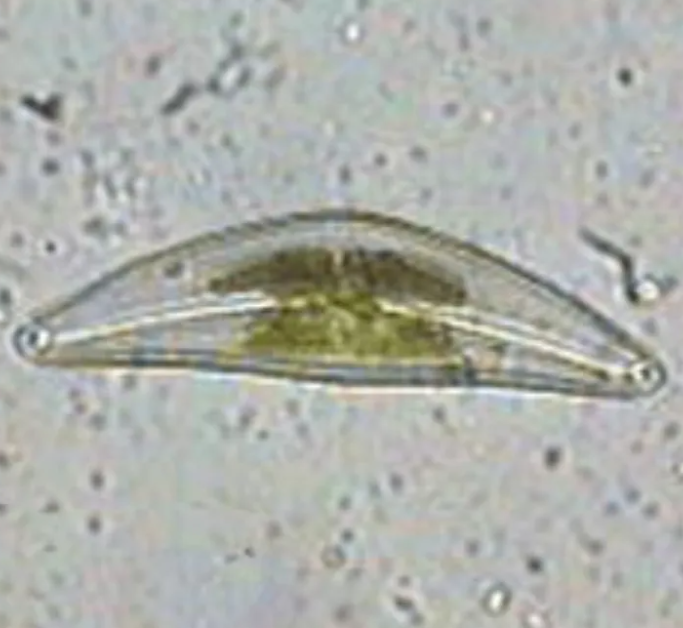
Excavata
comprises entirely of single-celled eukaryotic organisms. None of these organisms possess mitochondria in the conventional sense. Although classified as “mitochondrion-lacking” organisms, some may carry modified versions of mitochondria. Many of them have two, three, or four flagella. Within this supergroup, there are subgroups such as Metamonada (flagellated protozoa), Louozoa, Euglenazoa, and Percolozoa. The famous Euglena is a member of this supergroup.
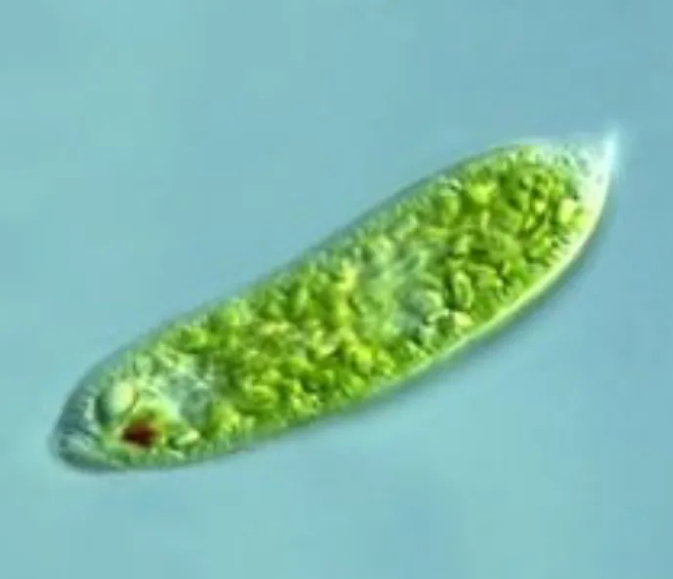
Rhizaria
Is best known for hosting amoebas with pseudopods. Many of them possess shells or skeletons. Almost all of them have mitochondria with tubular cristae (the inner part of the mitochondrion). It encompasses three main subgroups: Cercozoa (housing many amoebas and flagellates), Foraminifera (housing many foram amoebas), and Radiolaria (housing plankton).
Archaeplastida
is a vast group that includes all plants (Plantae). Of course, plants are entirely distinct from protists, but excluding the plants within Archaeplastida, the remaining members are all Red Algae and Glaucophyta protists. There are known to be between 5000 to 6000 species of Red Algae. Glaucophyta, on the other hand, are microscopic freshwater algae. So, protists encompass a portion of Archaeplastida, but even that part hosts an astonishingly diverse array of species.
The Unikonta
group is much broader and more extensive. It encompasses the entire animal kingdom (Animalia). Of course, the reason for its inclusion here is not that protists encompass all of Unikonta (animals are certainly not protists); rather, it’s because a portion of Unikonta consists of protists. This portion includes the following: Amoebozoa (a diverse group of amoebas) and Choanozoa (a crucial transitional subkingdom with close ties to animals and significant similarities to fungi).
Structure of Protists
The cells of protists are the most complex among all cells. Most protists are microscopic and single-celled, but some true multicellular forms also exist. Several species of protists live in colonies that behave somewhat like a group of free-living cells in some aspects but like a multicellular organism in others. Other protists consist of giant, multinucleated, single cells resembling shapeless blobs or fern fronds. Many protist cells are multinucleated, with nuclei of varying sizes playing different roles in protist cell function.
The sizes of single-celled organisms can be less than a micrometer; however, the multinucleated cells of the seaweed Caulerpa can reach lengths of up to 3 meters. Some protist cells are surrounded by cell membranes resembling those of animal cells or cell walls resembling those of plant cells. Others are covered in glassy, silica-based shells or sheathed in interlocking protein strips forming pellicles. The pellicle acts as a flexible armor, preventing tearing or puncturing of the protist without impairing its ability to move.
Most protists can move, and different types of protists have developed various modes of movement. Some protists have one or more flagella, which the organism uses to move by either rotating or whipping them. Others have coordinated rows or clusters of small flagella that they beat in unison to swim. Some protists extend a pseudopod (false foot) resembling a lobe from any part of the cell; this foot attaches to matter and pulls the rest of the cell toward it. Some protists can detect light and use this ability to move toward light.
Reproduction in Protists
Protists can reproduce in five different ways:
- Binary Fission (Amitotic Division): It is one of the most primitive methods of reproduction. The genetic material of the organism divides almost simultaneously with its cytoplasm. There are no stages of mitosis or meiosis observed.
- Multiple Fission: Similar to binary fission, but the organism divides into more than two cells.
- Budding: In this method, a new cell grows on the surface of a parent cell, eventually detaching at a point to sustain life as a new cell.
- Spore Formation (Spores): In this type, the parent cell releases specialized cells to the exterior. Later, these structures develop into new cells under suitable conditions (pH, moisture, temperature, nutrient availability, etc.).
- Conjugation: Unlike the previous four types, this is a form of sexual reproduction. While asexual reproduction produces clones of the parent organism, in conjugation, genetic transfer occurs, leading to the mixing of traits from different individuals. Additionally, protists can live part of their lives as haploid (single set of chromosomes) and part as diploid (double set of chromosomes). This phenomenon is known as alternation of generations.
Most species of protists can reproduce asexually by dividing into two or many cells through binary or multiple fission. Some species produce small buds reaching the size of the parent through division.
Sexual reproduction via meiotic division and fertilization is commonly observed among protists. Many protist species can switch from asexual to sexual reproduction when nutrients are depleted or environmental changes occur. Through this process, genetic recombination (mutation), and hence the emergence of more suitable generations for the new environment, becomes possible.
Another phenomenon associated with sexual reproduction is the formation of cysts, which serve as a protective stage for protists. Clustering in cyst form and nearly zeroing their cellular metabolism, protists gain resistance against extreme temperatures, desiccation, or low pH values, allowing them to endure stress factors or to be carried away by wind, water, or larger organisms until conditions become favorable.
Human Interaction and Cultural References
Human Pathogens Many species of protists are parasitic pathogens that live off and replicate within other organisms. Some of these parasites cause diseases such as malaria, African sleeping sickness (African trypanosomiasis), and waterborne gastroenteritis. Additionally, certain protist pathogens feed on plants, causing significant damage to agricultural crops.
Plasmodium Species Members
of the Plasmodium genus complete their life cycles by infecting a mosquito and a vertebrate host. Within vertebrates, the parasite grows in liver cells and then infects blood cells. Infected blood cells burst and perish in each asexual reproduction cycle.
One of the four Plasmodium species known to infect humans, P. falciparum, is responsible for 50% of all malaria cases and is a leading cause of disease-related deaths in tropical regions worldwide. In 2010, malaria was estimated to have caused between 500,000 to 1 million deaths, predominantly among African children. P. falciparum can cause severe anemia by infecting more than half of a person’s circulating blood cells during the course of malaria. Moreover, the host’s immune system responds to the release of parasites resulting from the bursting of infected blood cells with significant inflammation, leading to fever attacks that often manifest as delirium. P. falciparum is transmitted to humans by the African malaria mosquito (Anopheles gambiae). Techniques to kill, sterilize, or directly avoid this highly aggressive mosquito species are of vital importance in malaria control efforts.
